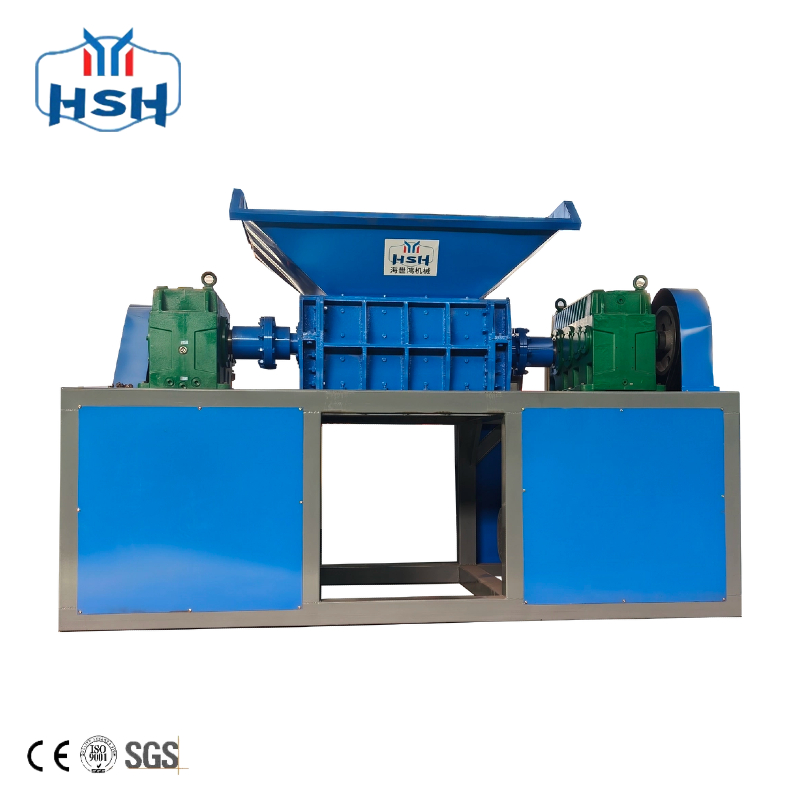Why Waste Foam Shredders Have Become a Global Environmental Favorite: Solving the “White Pollution” Recycling Dilemma
Against the backdrop of global efforts to combat "white pollution" and advance the circular economy, waste foam—once a persistent environmental headache due to its large volume and slow degradation—has entered a new era of resource recycling. As the core pre-processing equipment in the waste foam recycling chain, waste foam shredders have rapidly gained attention from environmental protection enterprises, plastic recycling industries, and packaging sectors worldwide. Their rising popularity stems from key factors that align with global ecological goals and industrial upgrading needs.
First, the urgent need to address waste foam accumulation drives demand. Each year, billions of tons of waste foam (such as EPS, EPE, and EPP) are generated from packaging, construction, and consumer goods. Traditional disposal methods like landfilling take up massive space—foam’s low density means it occupies 50-100 times more volume than other wastes—while incineration releases toxic gases. Waste foam shredders solve this by reducing foam volume by over 90% through cutting and crushing, drastically easing landfill pressure and creating conditions for subsequent compression, melting, and granulation.

Second, the surging value of recycled foam boosts equipment importance. Recycled foam granules are widely used in making new packaging materials, building insulation, and plastic products, reducing reliance on virgin plastics. Waste foam shredders act as the "first gate" of recycling: only after efficient shredding can foam be processed into high-quality granules. This not only helps enterprises cut raw material costs but also responds to the global call for sustainable development.
Third, strict environmental regulations worldwide accelerate adoption. The EU’s Single-Use Plastics Directive and China’s "14th Five-Year Plan for Plastic Pollution Control" both mandate higher recycling rates for plastic wastes like foam and ban random disposal. Waste foam shredders enable enterprises to meet these regulatory requirements, avoid fines, and enhance their green brand image—critical for accessing international markets.
Finally, technological upgrades enhance equipment competitiveness. Modern waste foam shredders feature anti-clogging dual-shaft designs (solving foam’s light, fluffy characteristics), corrosion-resistant blades, and intelligent speed control. These improvements ensure stable operation, high shredding efficiency, and adaptability to various foam types, meeting needs from small workshops to large-scale recycling plants.
As global "white pollution" control intensifies, waste foam shredders will remain a focus, becoming a key tool to promote foam recycling and build a circular economy.



